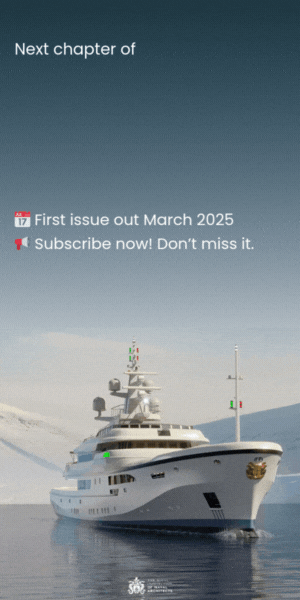The Naval Architect: November 2019
IMO’s momentous declaration in April last year that the maritime industry must reduce its overall greenhouse gas (GHG) emissions by 50% by 2050 has seismic implications, and the common consensus appears to be that such ambitious targets can only be realised with as-yet-unproven alternative fuels and technologies.
But what if it might already be possible to achieve the GHG reduction target with today’s technology? That was the conclusion of a 2017 study conducted by Norwegian research organisation Stiftelsen for Industriell og Teknisk Forskning (SINTEF), which reviewed more than 150 different papers looking at the current available measures for improving energy efficiency and reducing GHG emissions. Technologies considered covered hull design, power and propulsion, alternative fuels, alternative energy sources and operations.
One of the study’s findings was that on a well-to-wake basis there are no truly zero-GHG fuels. “Politicians are talking about low and zero carbon fuels. But these fuels still have an impact on the climate and just switching to them will not bring GHG emissions to zero. We have to do something more,” says Dr Elizabeth Lindstad, chief scientist at SINTEF Ocean in Trondheim.
Lindstad was also one of the authors of ‘The Ocean as a Solution to Climate Change’, a report presented to the United Nations in September by the High Level Panel for a Sustainable Ocean Economy (HLP, see www.oceanpanel.org ).
The report outlines a number of short and medium-term priorities for ocean transportation, including the need to reformulate the Energy Efficiency Design Index (EEDI) so that vessels are being optimised for actual operations at sea (rather than suboptimal performances for test purposes), which it describes as “inadequate”.
EEDI was implemented in 2013, but numerous studies have revealed that vessels perform far in excess of their initial EEDI thresholds of a 10% CO2 reduction. However, the HLP report notes that as the stringency of the regulation increases with EEDI Phases 2 and 3, shipyards and shipowners may seek to optimise their ship designs pass the short calm water trials from which the EEDI measurement is derived. Even ‘bulky’ hullforms can be improved for calm water performance with simple modifications that bear no relation to realistic sea conditions.
“But what we’re seeing is that a lot of these efforts to emit less carbon actually increase energy consumption. To do things in a smart way, to use less energy to propel the vessel through the water.”
To illustrate the points argued in the HLP report, Lindstad looked at the ‘work horses’ of merchant shipping, supramax bulk carriers, which typically offer a block coefficient (Cb) of around 0.9.
Yet by increasing the length of a 63,000dwt supramax from 200m to 220m, creating a ‘slender supramax’, with a modest reduction to the Cb from 0.875 to 0.806, it becomes possible on a typical northern European sea route to achieve power consumption savings 15-20% in real-sea conditions while operating at the same speed.
“If you go back 30-40 years nobody was building vessels of Cb 0.9. Bulkers and tankers were 0.7-0.8 for a long time. But what we see is that it pays off to increase the length of ships. That applies across all shipping segments, because increasing length is the best way of reducing fuel consumption,” she argues.
“But with the present EEDI testing rules you’re not rewarded for building a better vessel. When we test the difference between a traditional supramax and a slender supramax with a typical operational profile these vessels against IMO’s current procedures for EEDI then the traditional vessel gets an EEDI value in the same range, but the annual consumption is 10-15% less [Figure 3].”
The research considered different permutations of power setups, fuels and hull designs that would be capable of satisfying EEDI Phase 3 while also contributing to overall GHG reduction. It was found that while LNG could bring a 5% reduction the substantial reductions (in the region of 26%) were achieved when it was combined with the slender vessel design and hybrid propulsion utilising a Power Take Off/Power Take In management system, battery hybrid propulsion and a controllable pitch propeller.





